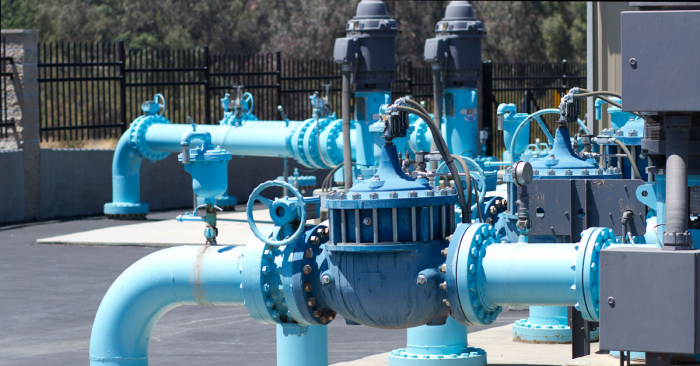Ensure Data Integrity and Reliability in Your Water and Wastewater Application

Ensure Data Integrity and Reliability in Your Water and Wastewater Application
To maximize the value of water and wastewater systems and work automation to your advantage, it’s important to make sure data is accurate and reliable. Data integrity is more important in these environments than nearly anywhere else: It can impact the availability of clean water.
To gauge the integrity of your data, ask yourself questions like:
- What’s the condition of the equipment providing the data?
- Have instruments been out in the field for a while?
- When was the last time the sensors or devices were checked?
- Are the sensors that gather data regularly cleaned and calibrated?
In 24/7 environments, constant pressure is put on these devices; they have finite cycles and are designed to last only a certain amount of time. When failure does occur, then devices and sensors will likely provide bad data.
Collecting reliable data
Once you know your data is accurate, then it’s time to take steps to make sure data isn’t dropped along the way due to communication or signal loss. Connections need to be dependable to make sure information is captured, stored, and transported to the right location.
While there’s lots of talk about real-time data, relying on this type of information in water and wastewater treatment plants can be risky. Although it can be valuable, real-time data is only usable if connectivity is always on and functioning. The larger a plant grows, the higher the number of communication lines involved. Reliance on real-time data assumes that each one of those lines to each remote asset is always open—but they may not be.
To solve that problem, DNP3 (Distributed Network Protocol) allows you to capture data at the source and put a time/date stamp on it so the information is available even if it isn’t delivered in real-time. From there, it can be used and analyzed to improve productivity and efficiency — just like real-time data can.
If the system goes down—even for a few seconds—you don’t have a clear picture of what happened. Because DNP3 utilizes this date and time stamp, you can go back and look at data from that time; there are no gaps or holes in the information.
DNP3 data can be prioritized and classified as well. You get to decide which pieces of data are more important than others (categorizing fault conditions as a priority). For example: If a pump doesn’t turn on at the right time, that’s something you want to know about right away. Classifying the data allows you to select which information takes priority and gets communicated first because it’s an indicator of a problem. The other data is transmitted behind this data so you can analyze it once an hour, once a day, once a week, or whatever is required.
Learn more about the benefits of DNP3 in this tutorial, and click here to discover other industrial solutions for water and wastewater applications.

